Carson Stachura on Shooting Alternative Drag Performances on Film
4 Share TweetLast time we spoke with Carson Stachura they were finishing up their undergraduate degree in gender studies and religion while simultaneously focusing on redefining the queer/trans portrait through their photography.
Fast forward to today — they're back to share what they've been up to since then, specifically their work documenting alternative drag performances in New York City on Lomography Color Negative 400 and Color Negative 800 film stocks.
Hi Carson, welcome back to Lomography Magazine! What have you been up to since your last feature?
Thank you! Since we last spoke, I’ve produced two bodies of work that have really allowed me to hone my photographic voice: "Take Care" and "My Body Is A Weapon (Waiting At Your Door)".
"Take Care" was a zine produced for my undergraduate thesis at a point when I had just begun socially transitioning and naming my transness in what feels like a meaningful way. This project was born out of a desire to find home in my body, a process of self-actualization, and find a kind of home in a social body, my community. I photographed about two dozen primarily queer/trans peers, most of whom are close friends of mine, in their homes. The lighting and photographic techniques I used were intended to compliment the feel and look of the subjects’ spaces, and each subject was self-styled. This project pushed me to articulate a collaborative process and the core values that would come to guide my portraiture altogether.
"My Body Is A Weapon (Waiting At Your Door)" also plays on these themes, but it has a much different look as a series. Rather than being vibrant and bright, every photograph within this series is black and white. It also features still lifes, which I’ve only recently started shooting. "My Body Is A Weapon" depicts members of my trans chosen family and artistic community as their most decadent yet authentic selves, a representation of resistance to political policies and norms that seek to confine and limit modes of trans existence.
How did you get drawn into shooting the alternative drag performance scene of NYC?
I’ve always loved drag and any kind of performance that disrupts gender. Performance is a big aspect of my portraiture, and I’ve typically prompted friends who haven’t shot with me before by asking them take their existing style and to amp it up, to fuck with it. My photo style lends itself to the expressiveness and expansiveness of these performances. That’s not to mention that what drag artists are doing in Brooklyn is truly innovative and next-level. As a transmasculine person, seeing drag kings and drag things perform and take up space on stage has been hugely influential in my own understanding of how my gender expression doesn’t have to be limited to a specific kind of masculinity.
Critiquing binary gender and the systems of power that it depends on is a crucial part of my artistic practice, and drag is—and always has been—political. In a lot of ways, photographing the alternative drag scenes here feels like a necessary and intuitive extension of my portraiture.
What kind of gear do you find works best when shooting the performances?
A fast point-and-shoot that works well in low light and has a flash is my go-to. I prefer wide lenses when photographing live performances, and the Canon Sure Shot Owl has been a recent favorite of mine for all of these reasons.
How do Lomography films complement the aesthetics and energy of the performances?
Because styling and lighting design really accentuate these performances, I prefer films that have low grain and high saturation, those that can capture color. The Lomography Color Negative 35 mm in 400 ISO and 800 ISO do this well.
How do you manage lighting and stage conditions to ensure quality shots on film?
Lighting can be so varied between acts, so I like having a quick built-in-flash that my camera automatically meters for if I need to fill in shadows or capture a quick burst of movement. Having a fast shutter speed (or, namely a camera like a point-and-shoot that doesn’t take long to capture a photo) is ideal for this reason too.
Do you have any advice for those interested in shooting drag performances, particularly on film?
Be mindful of the space you’re taking up while photographing performances, and try to pace how fast you’re shooting through your rolls.
Do you have any upcoming shoots or projects that you can share with our community?
In 2024, I’m hoping to maintain a better photo diary practice, which I’m sure I’ll be posting on Lomography’s site and my Instagram. I find myself leaning heavily into higher-production shoots rather than documenting my surroundings, which is an aspect of my practice I haven’t picked up in almost five years. I’m excited to make carrying a camera around more of a habit.
Anything else that you'd like to share?
As a word of advice, always keep your negatives (and store them well).
Thank you to Carson for sharing your work and thoughts with us! If you’re interested in seeing more of Carson’s work, check out their LomoHome, Instagram and website.
written by eloffreno on 2024-02-05 #gear #culture #people #event #drag #community #lgbtqia




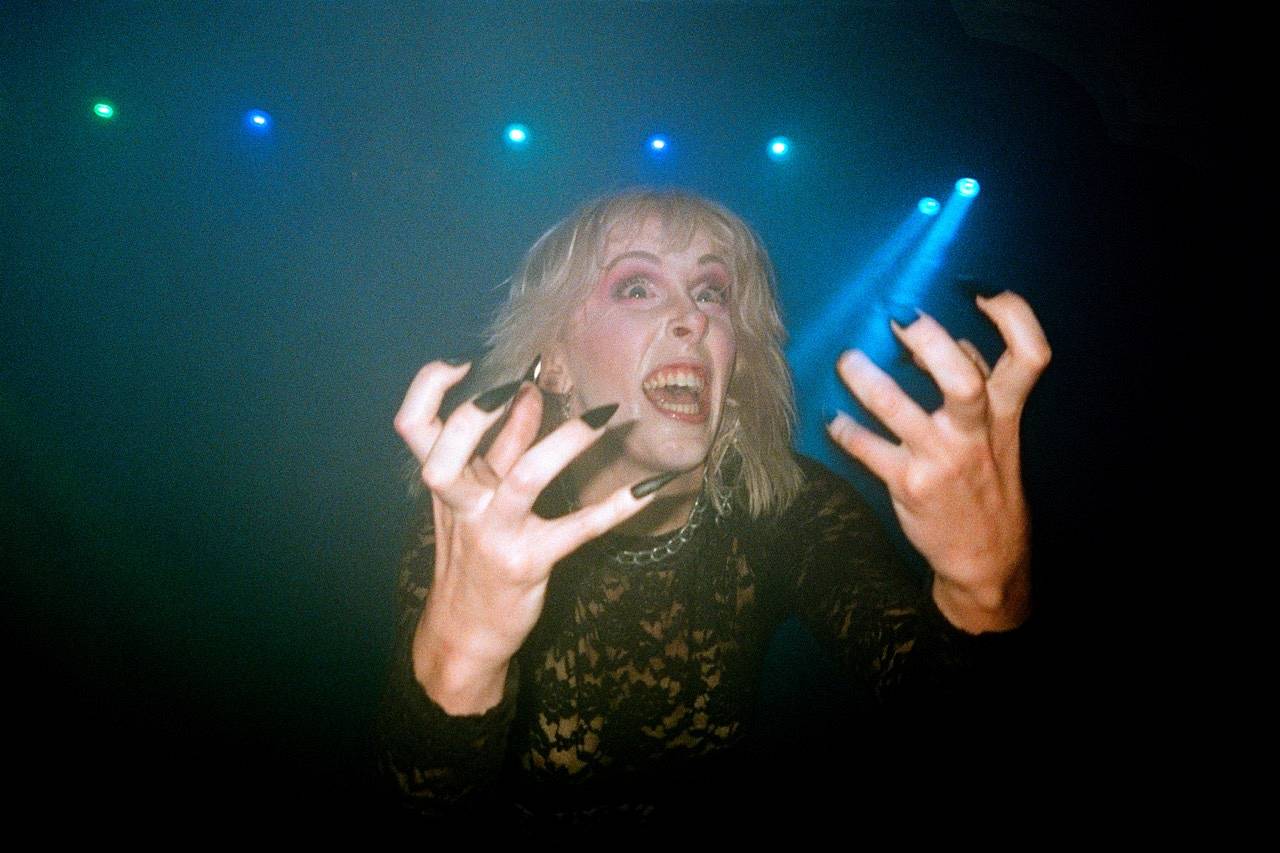
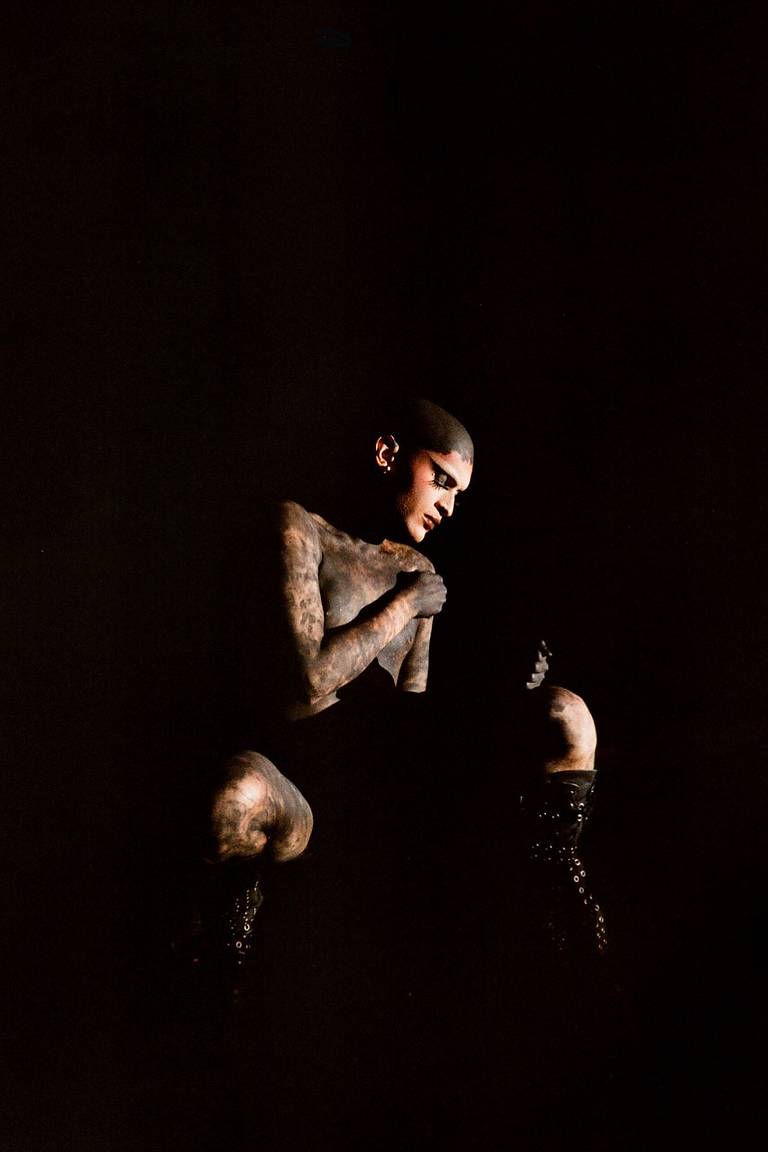
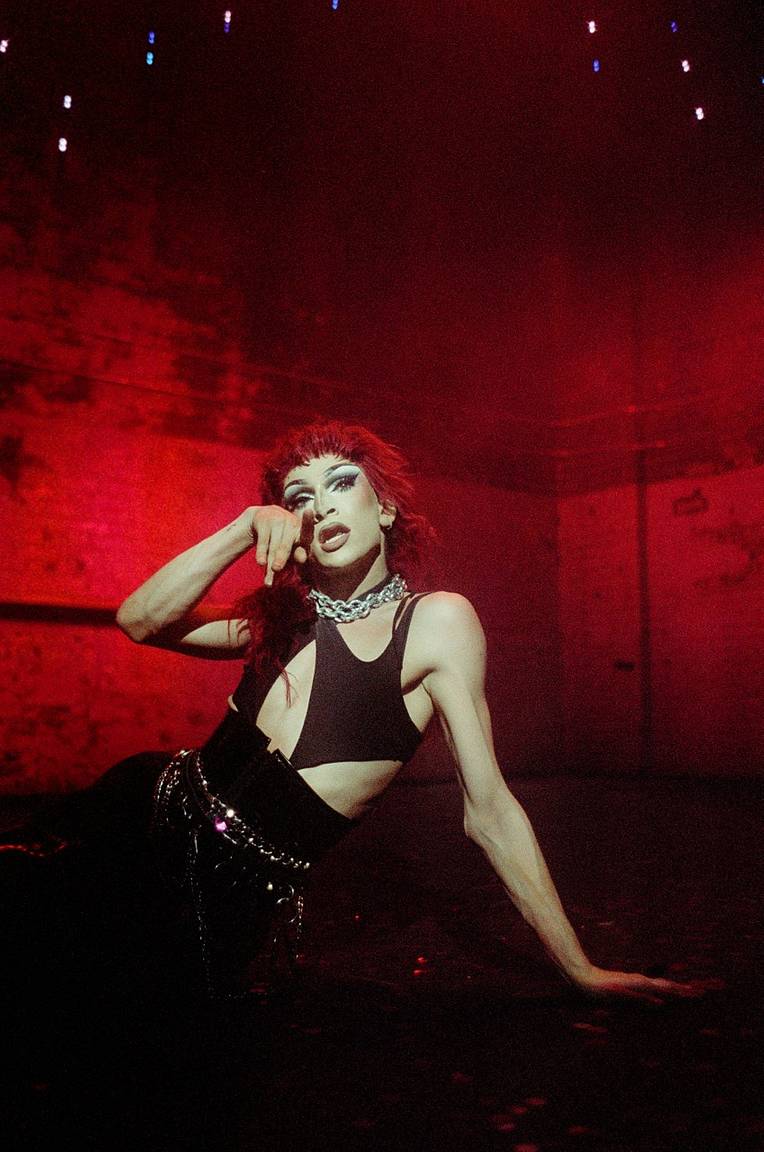
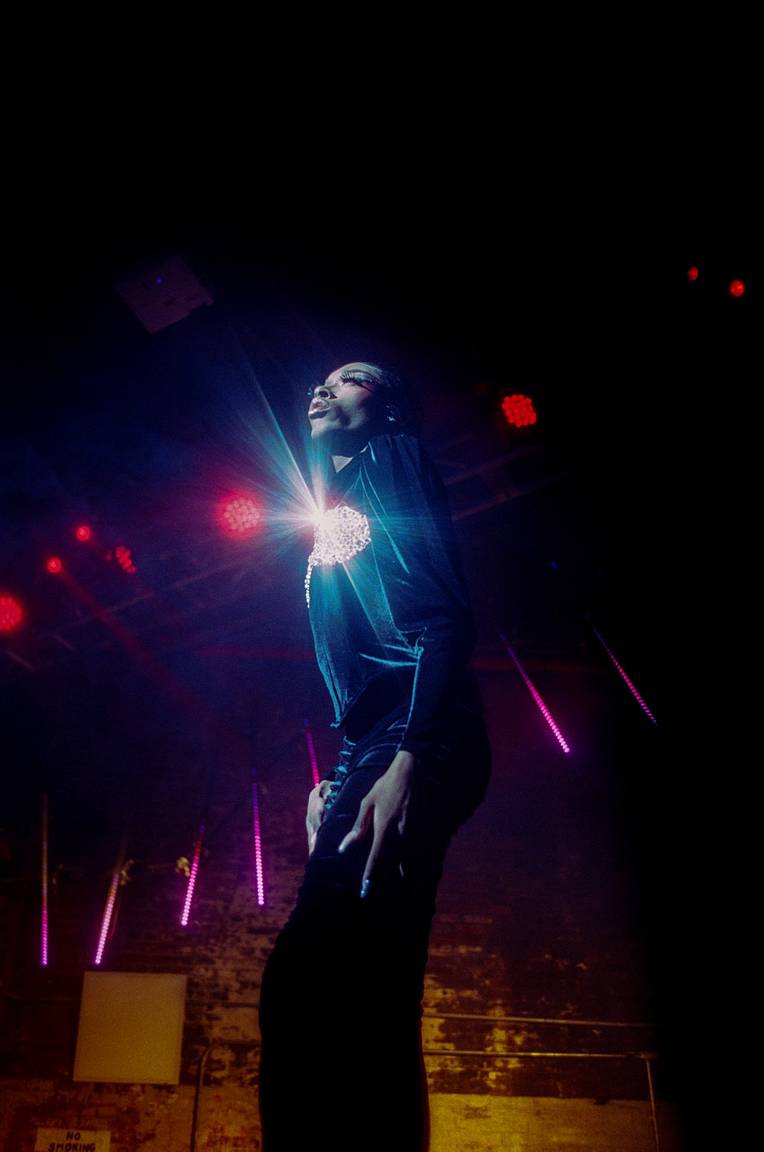

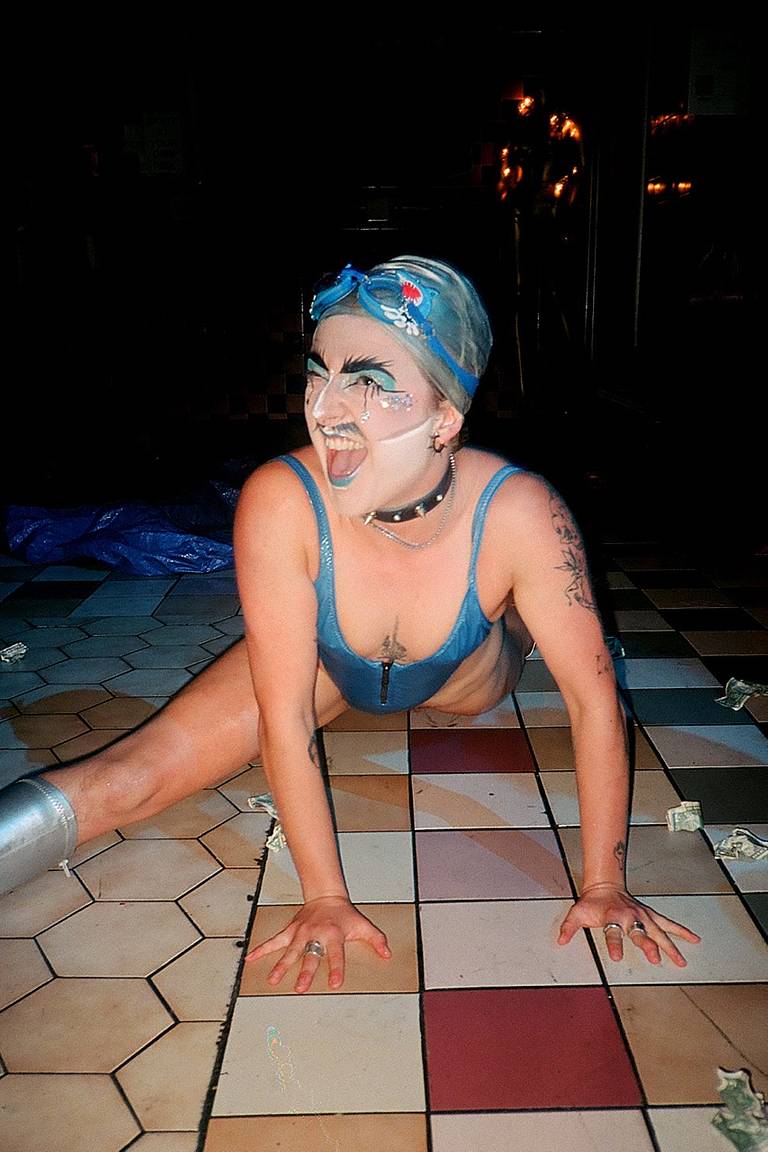




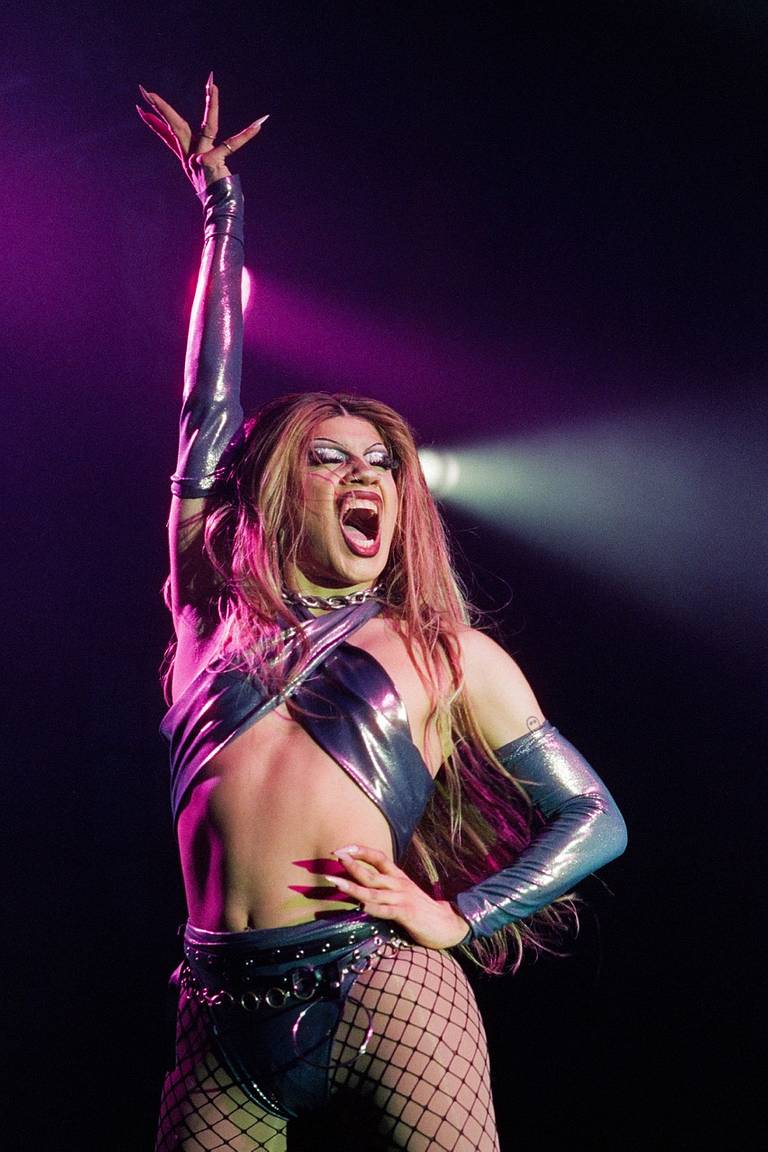
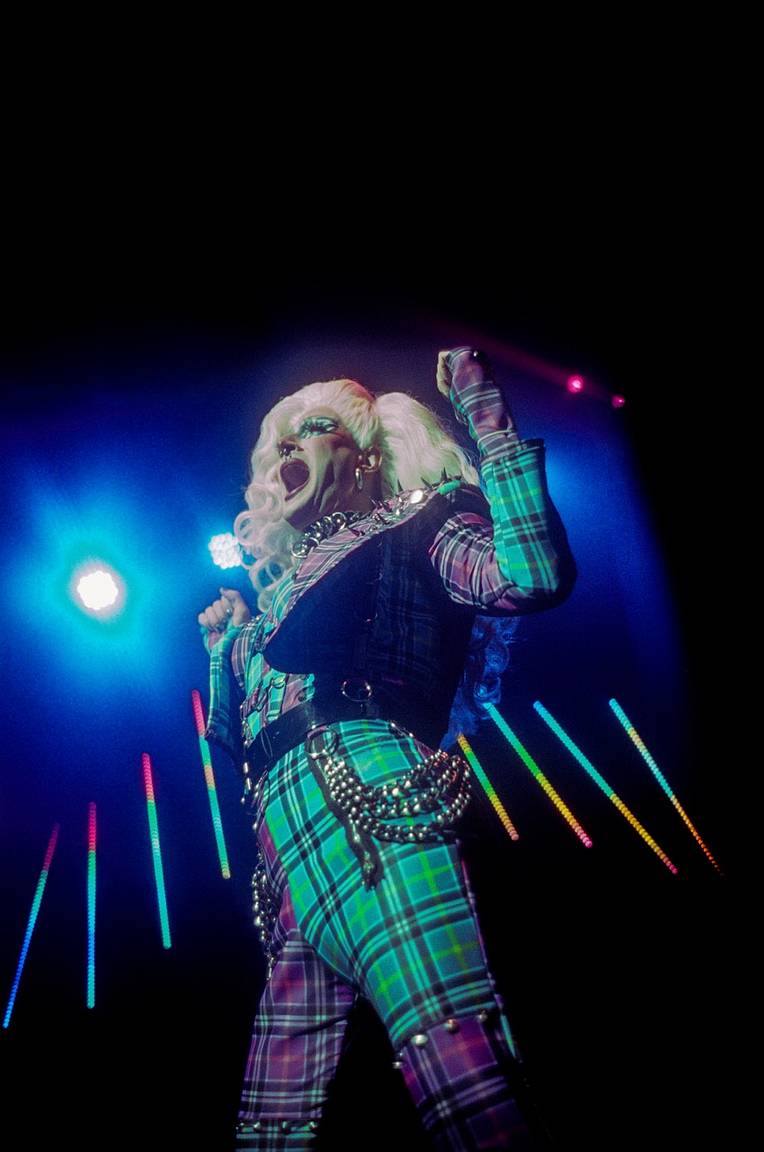


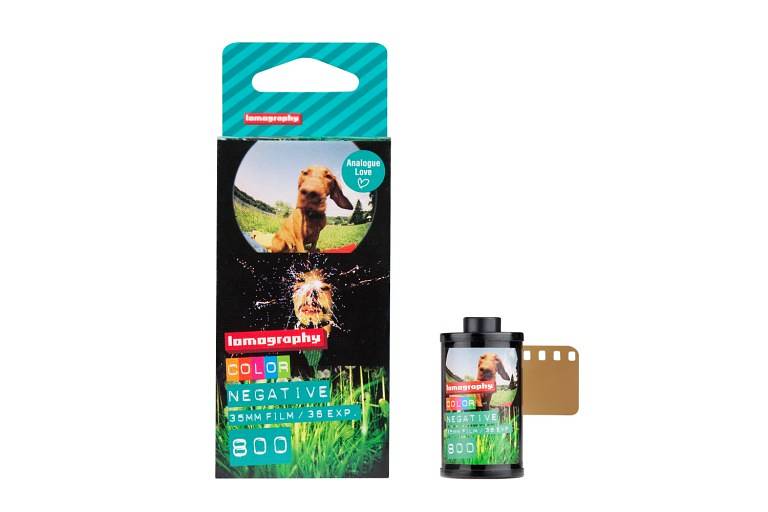
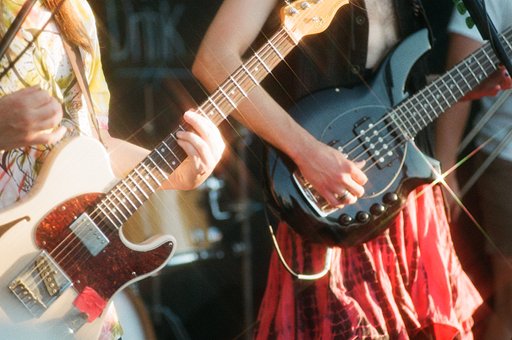







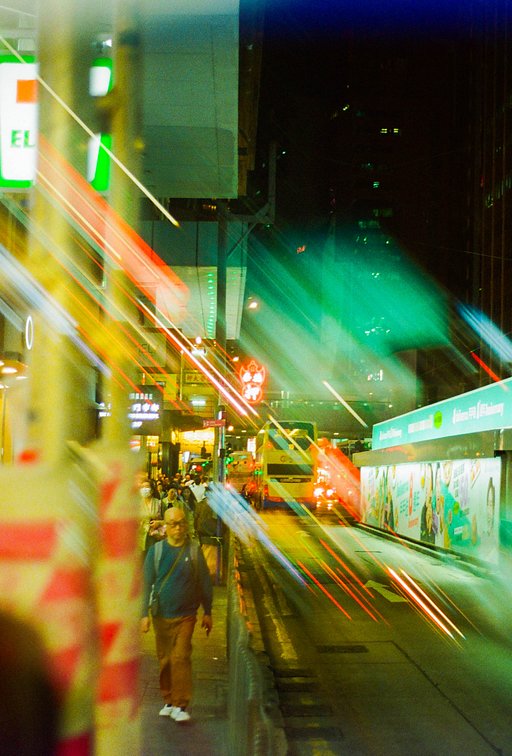







No Comments